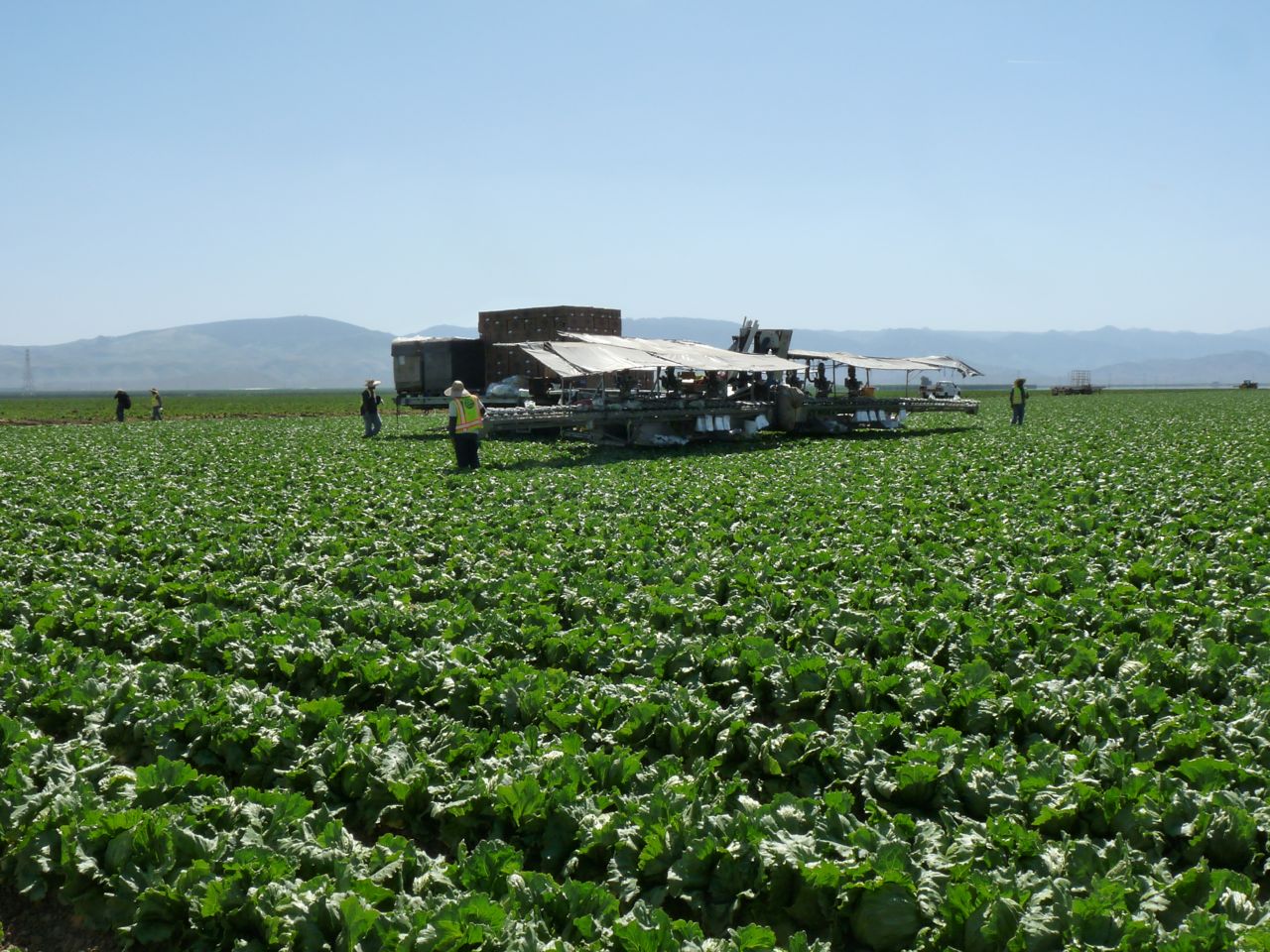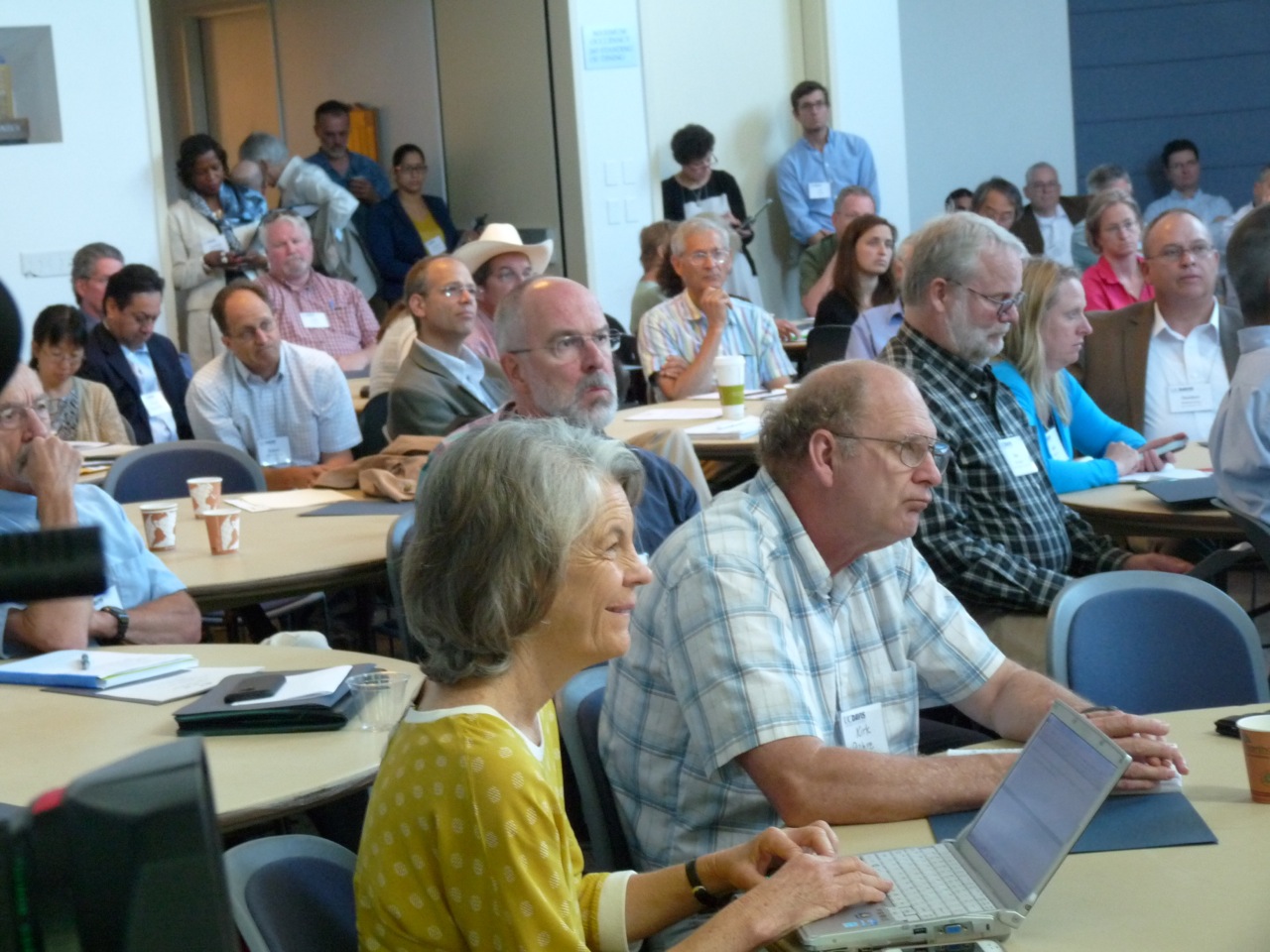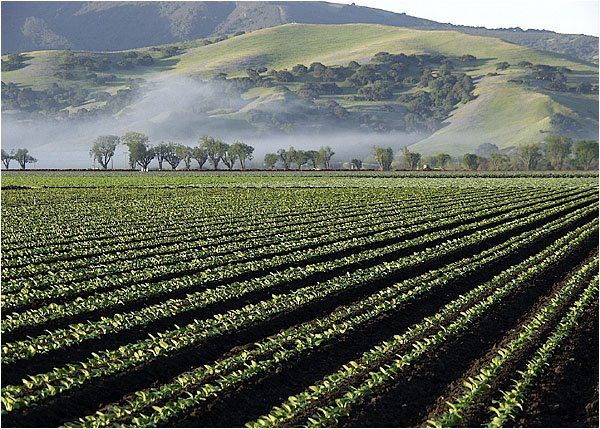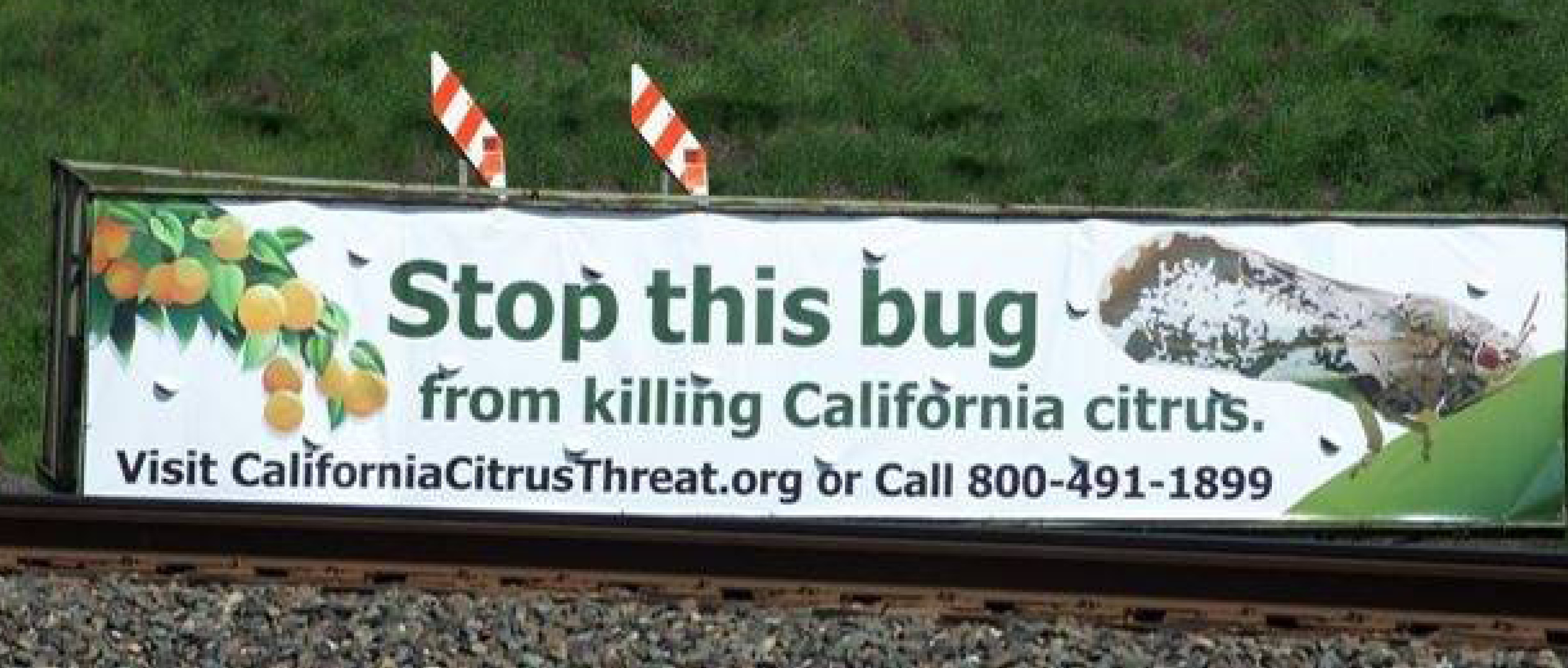Specialty Crop School July 14-17 to Tour SJV Crops
San Joaquin Valley Specialty Crop School is July 14-17.
A compelling line-up of tours and speakers has been planned for the July 14-17 San Joaquin Valley Specialty Crop School.
This session will provide outstanding opportunities to delve into California specialty crop agriculture with its unique challenges and rewards. Tours will include almond and pistachio operations, citrus packing, table grapes and university research sites. Speakers will include Westlands Water District Public Affairs Director Gayle Holman and Mary Lou Polek with the Citrus Research Board.
This three-day course, organized by Visalia-based AgBusiness Resources has been designed to equip participants with a broad understanding of intensive crop production in California’s San Joaquin Valley- home to more than 300 different agricultural crops.
The classes will be of value to those new to horticultural crop production as well as seasoned agri-business professionals.
Pest Control Advisors and Certified Crop Advisors in attendance will receive 15 PCA and 15 CCA continuing education units.
Class size will be limited and seats are available on a first come first served basis. Early bird registration deadline is June 20.
The Salinas Valley Specialty Crop School will be Oct. 6-9.
For information about both schools, go to www.specialtycropschool.com.














